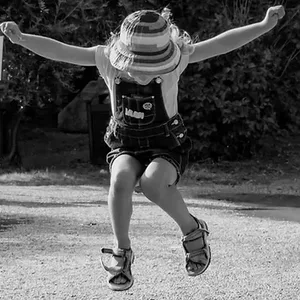How Might I be Magnifying These Differences?
Your brain is what you do with it (or what your child does with it), explains neuroscientist Lise Eliot in her book Pink Brain Blue Brain: How Small Differences Grow into Troublesome Gaps and What We Can Do About It. She says,
“every task [we/our children] spend time on – reading, running, laughing, calculating, debating, watching TV, folding laundry, mowing grass, singing, crying, kissing and so on, reinforces active brain circuits at the expense of other inactive ones. Learning and practice rewire the human brain…”
So…How we view, talk to, encourage, and play with our children has a powerful impact on development.
Studies show that infant girls, who are generally smaller in size than boys at birth, are picked up more quickly when they cry and are held longer than boys. Infant Boys, on the other hand, tend to be fussier than girls — more crying, less stable sleep — yet parents are more likely to “shush” or ignore their sons’ crying more than their daughters’.
Furthermore, girls are told “no” more than boys while exploring their environments while boys are encouraged to investigate their surroundings more than girls. Boys also get tossed in the air and played with more physically than baby girls.


